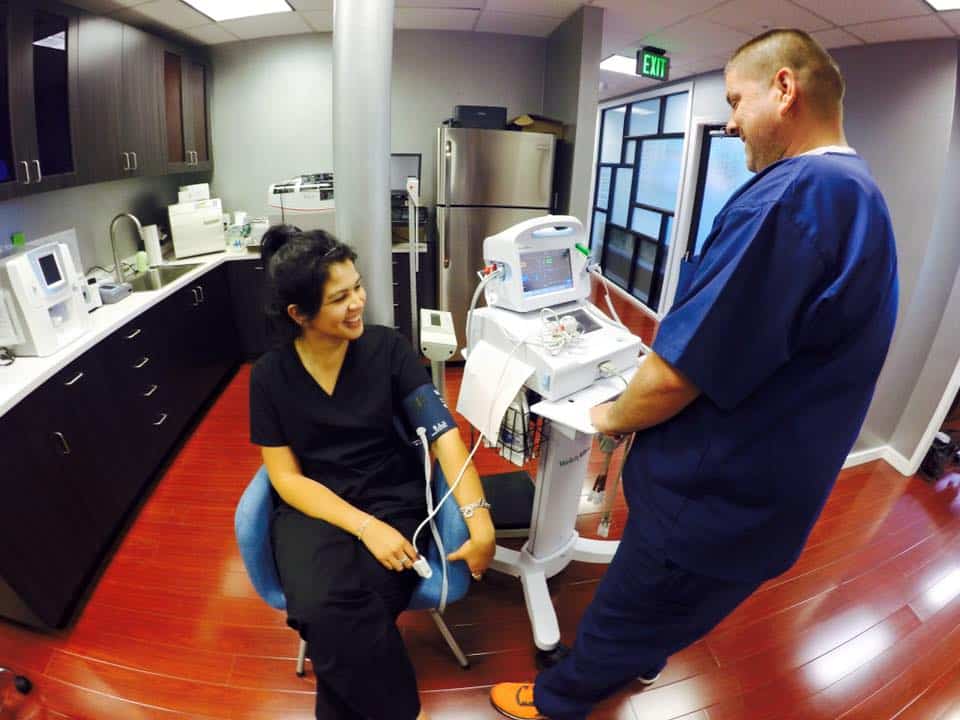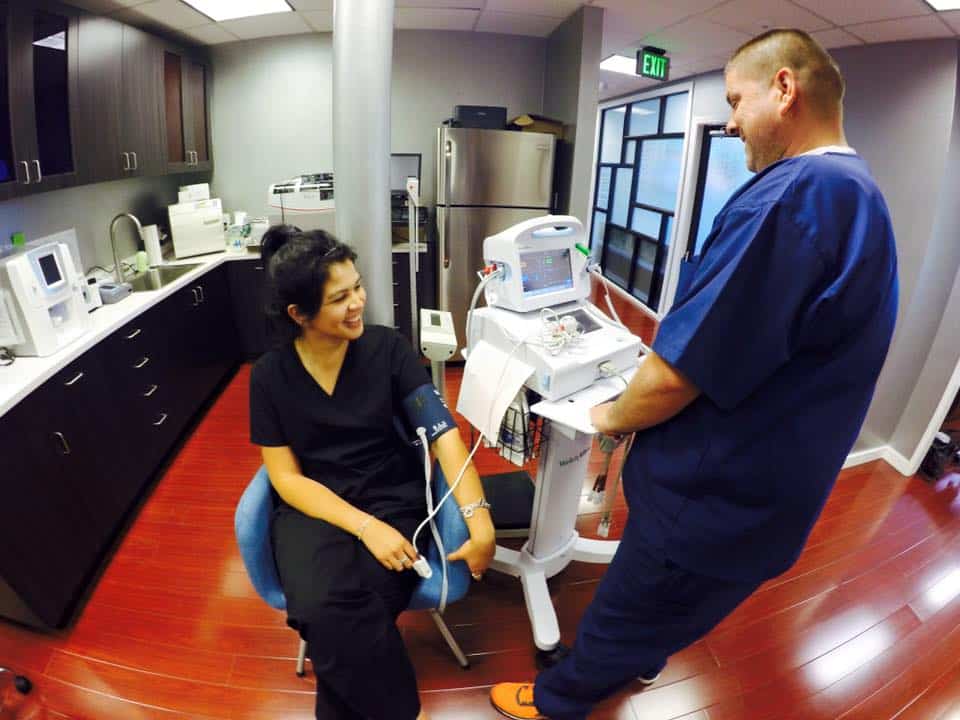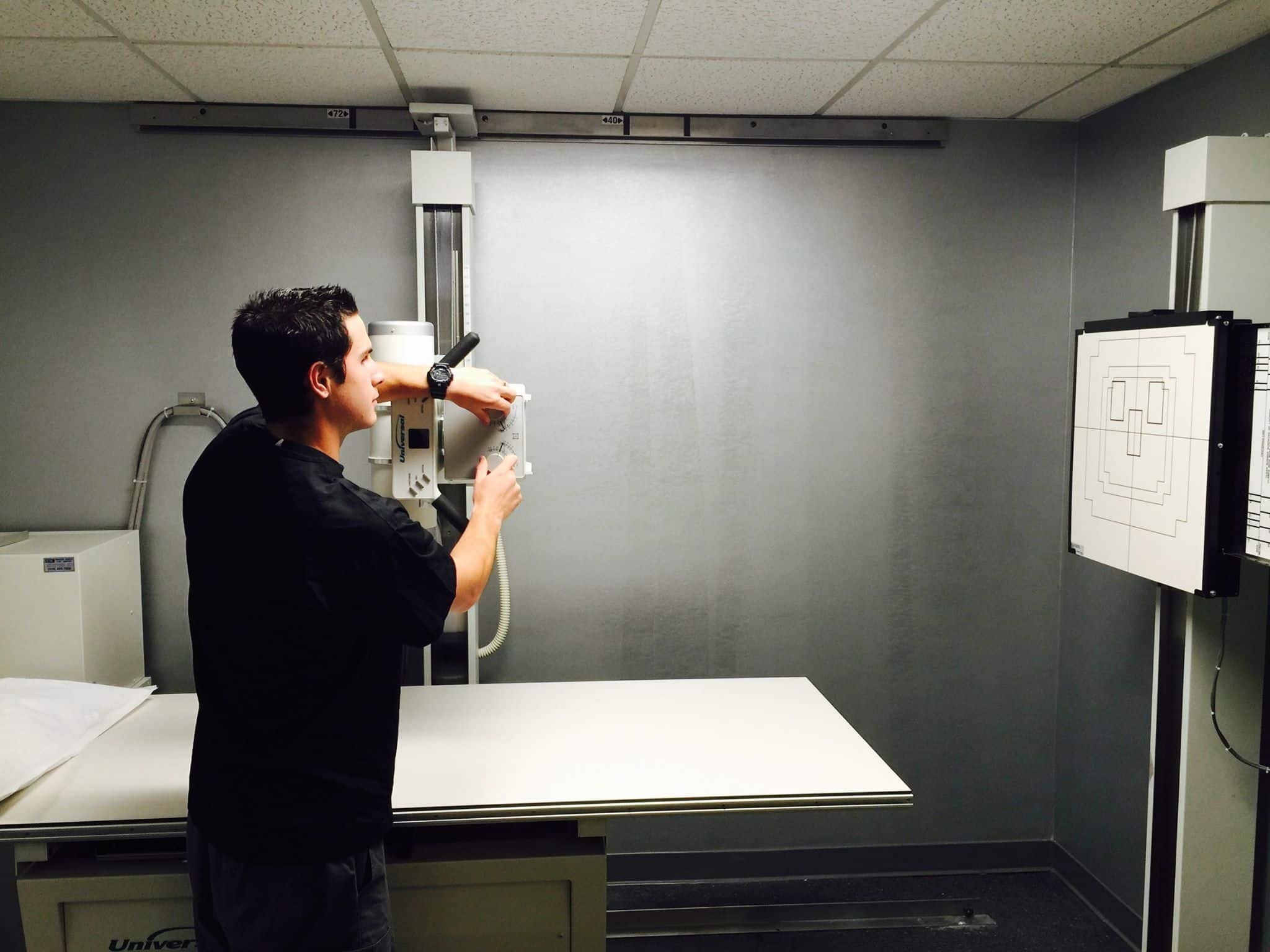What Your Urgent Care Center Says About the Care You Provide

The success of an urgent care center today is typically driven by two fundamental metrics: net revenue per visit (fees charged) and total visits (volume). If both those metrics are healthy, the center is likely a high performer. Yet these primary success drivers are being challenged via new on demand medicine competitors and payer cost reduction initiatives.
Direct urgent care competitors now include a myriad of other on demand care providers including telemedicine, retail clinics, fast track and freestanding emergency departments, onsite work clinics and after-hours services in primary and specialty care medical practices. And even newer models are emerging in response to consumer demand, including home visits by a medical provider in about the same amount of time it takes to get a pizza delivered.
 To be successful tomorrow, urgent care operators must be thinking about what they can do today to retain those patients being hotly pursued by these new or evolving competitors. Retaining patients and growing new patient volume is an essential strategy in response to a reimbursement environment subject to new pricing models and price erosion.
To be successful tomorrow, urgent care operators must be thinking about what they can do today to retain those patients being hotly pursued by these new or evolving competitors. Retaining patients and growing new patient volume is an essential strategy in response to a reimbursement environment subject to new pricing models and price erosion.
Patient Perceptions Are Positively Impacted by the Environment of Care
The results of a 2008 ambulatory care study (conducted at Weill Cornell Medical Center / New York Presbyterian Hospital) aligned with prior studies that had focused principally on the inpatient environment. This Cornell study concluded that both “Patients perceived quality of care and their perceptions of the quality of interaction with staff was significantly better in the patient-centered facility.”
Most importantly for the urgent care setting, the attractiveness of the physical environment correlated with a perceived reduction in wait time, better interactions with staff and physicians, reduced anxiety and a higher inclination to recommend the site to others. In short, it directly correlated a positive return on investment to a resource commitment in the ambulatory care setting’s physical environment. That’s an indisputable competitive advantage backed by empirical data!
Urgent Care Lives or Dies on Patient Feedback
Now, imagine the patient walking into an urgent care center showing signs of ‘fatigue.’ Real life experiences in urgent care centers include seeing equipment along the hallway wall marked “OUT OF ORDER / DO NOT USE!,” chairs set aside with ‘DO NOT SIT’ signage and generally disregarded aesthetic or safety-related maintenance needs. A quick Yelp search reveals a one-star review of an urgent care center warning, “Avoid! Crowded, dirty and broken equipment!” A similar patient review indicated that if she could give the center she had visited “negative stars,” she would solely due to its physical environment.
A pristine and well maintained urgent care center is no longer a differentiating business strategy related to an enhanced patient experience but a mandatory initiative related to ongoing business success in an increasingly competitive healthcare environment.
Automating Repair & Maintenance Services to Ensure Urgent Care Success
Managers responsible for maintaining urgent care centers and other types of retail healthcare clinics need to make sure that both medical and non-medical equipment’s regularly maintained and all facility repairs are promptly made – all while keeping costs in line. Trying to manage all this on top of day-to-day issues can prove challenging at best.
 Healthcare providers are realizing that like other businesses that maintain numerous locations serving the public, whether multi-site retail brands, restaurant chains, convenience stores, bank branches, technology is the most efficient and cost-effective way to ensure a proper patient environment.
Healthcare providers are realizing that like other businesses that maintain numerous locations serving the public, whether multi-site retail brands, restaurant chains, convenience stores, bank branches, technology is the most efficient and cost-effective way to ensure a proper patient environment.
Service Automation solutions like facilities management software is the only way for center operators to source and procure properly qualified and certified commercial contractors, manage the service request and work order process, make payments and importantly be able to analyze the repair and maintenance data to uncover actionable insights to make smart business decisions.
With mobile and web-based technologies, access to such platforms is easy. These cloud-based systems ensure data security while eliminating any ‘old school’ software deployment headaches. Automating healthcare facility management lets you focus on delivering a high quality of care rather than focusing on delivering repair and maintenance services.
Laurel Stoimenoff earned a degree in Physical Therapy & Allied Medicine but quickly entered multi-site, multi-state management with leadership roles with physical therapy, diagnostic imaging and finally urgent care organizations. In late 2011, Laurel and a colleague founded Continuum Health Solutions, a consulting firm with a focus on the urgent care industry. Continuum’s clients include hospitals, physician groups, private equity, occupational medicine organizations and entrepreneurs. Laurel served seven years as a Board member of the Urgent Care Association of America, including its Treasure and Vice President. She Chairs the Health & Public Policy Committee and Co-Chairs the Accreditation Committee. Laurel also serves as a Trustee of the Urgent Care Foundation.
Photos courtesy of Long Beach Urgent Care



